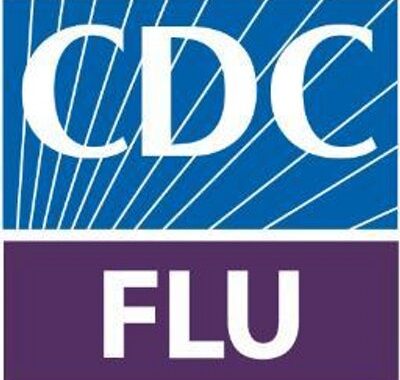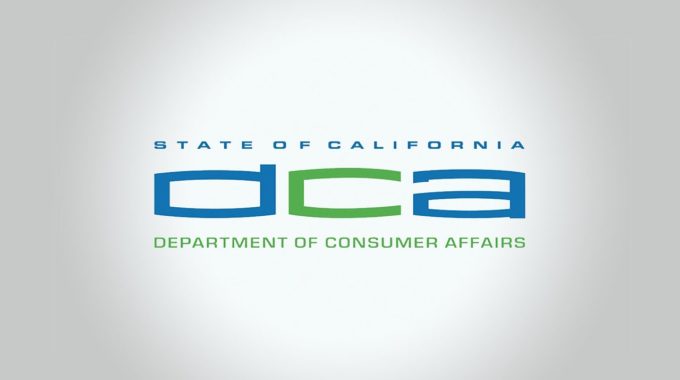In late 2025, the U.S. Centers for Disease Control and Prevention (CDC) made a major…
The Importance of Dental Unit Waterline Maintenance – Infection Control
Documented Infection Transmission from DUWLs
In April 2016, twenty pediatric dental patients had to be hospitalized due to infection transmission of Mycobacterium abscessus from contaminated dental unit water used during pulpotomies. And from March-August 2016, 58 pediatric patients became infected with of M. abscessus also from contaminated dental unit water, following dental pulpotomies at the same dental clinic. With two disease outbreaks linked to contaminated dental DUWLs in one year, this is an issue that must be addressed.
What is the Issue?
Biofilms are slime-producing microbial communities that adhere to solid surfaces in the presence of moisture, and are found virtually everywhere in nature. These microorganisms, which can include a wide variety of bacteria, fungi, and protozoa, colonize and replicate in water sources forming a biofilm. The slime layer protects the microorganisms due to its high resistance to removal.
Biofilm contamination of dental unit waterlines (DUWLs) occurs when the biofilm forms on the walls of the small-bore plastic waterline tubing that delivers water to the dental hand pieces, scalers, and air-water syringes used in patient care. According to the CDC, research has shown that microbial counts in untreated dental unit water can exceed 200,000 colony-forming units of heterotrophic water bacteria per milliliter of water (CFU/ml) within just five days after waterline installation.
DUWL Maintenance Requirements
Currently, no national quantitative water quality standards specific to dentistry exist to control biofilm in dental unit waterlines. Dental unit water quality standards fall under the individual state dental boards’ purview, according to states’ dental infection control requirements which vary widely state by state.
In California, for example, the requirements to maintain dental unit waterlines are very limited. The Dental Board of California requires dental offices to flush dental unit waterlines between each patient for at least 20 seconds. At the start of each day dental unit waterlines must be purged with water/air for at least 2 minutes. Anti-retractive devices must also be installed on the waterlines, which are generally incorporated into the design of the dental unit.
The U.S. Environmental Protection Agency (EPA) mandates that drinking water be maintained at no more than 500 colony forming units of heterotrophic water bacteria per milliliter of water (CFU/ml). However, according to the CDC, studies have demonstrated that flushing and purging does not reliably improve the quality of water used during dental treatment down to the 500 CFU/ml level. Therefore, additional, recommended practices must be implemented to minimize infection transmission from DUWLs.
DUWL Maintenance Recommendations
In its 2016 Summary of Infection Prevention Practices in Dental Settings: Basic Expectations for Safe Care, the U.S. Centers for Disease Control and Prevention (CDC) recommends that water used for irrigating and cooling during nonsurgical dental procedures meet EPA’s regulatory limit for drinking water of 500 CFU/ml. Therefore, to improve that water quality in dental treatment, CDC recommends implementing control strategies such as self-contained water systems, chemical treatment regimens, in-line water microfilters, and water purifiers. Utilizing a combination of control strategies is considered the best course of action to improve dental water quality.
To prevent infections associated with biofilm in DUWLs, dental personnel should consult with the manufacturer of the dental unit or water treatment system to determine the best procedures for maintaining the DUWLs. Additionally, monitoring of dental unit water should also be considered as an important part of a dental treatment water quality program.
One final note for California dentists… Chemical DUWL cleaners must be registered with the California Environmental Protection Agency as a Cal/EPA-approved dental unit waterline cleaner, which must be indicated on the product label.
For our OSHA Review subscribers… The March/April 2016 issue of OSHA Review in Section VIII of your OSHA Review binder provides additional information on dental unit waterline maintenance.
Since 1992, OSHA Review, Inc. has provided dental professionals with comprehensive programs to support regulatory compliance and infection control. We are a registered continuing education provider in the state of California, specializing in Dental Practice Act, infection control, and OSHA training.



